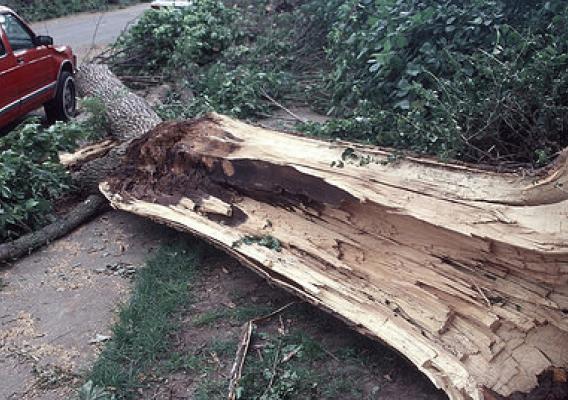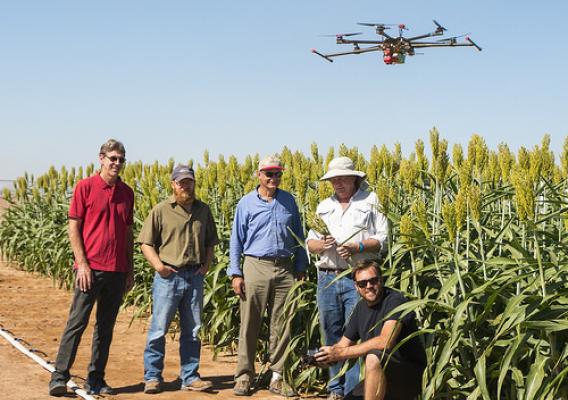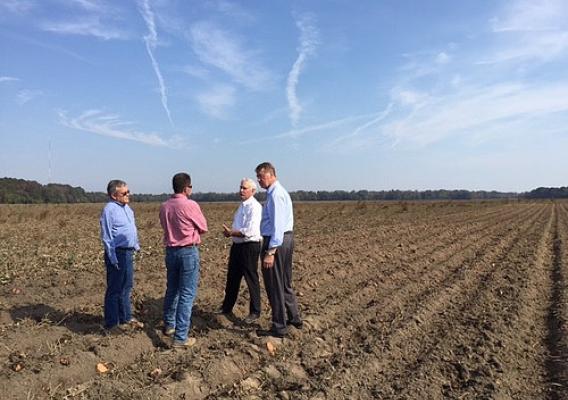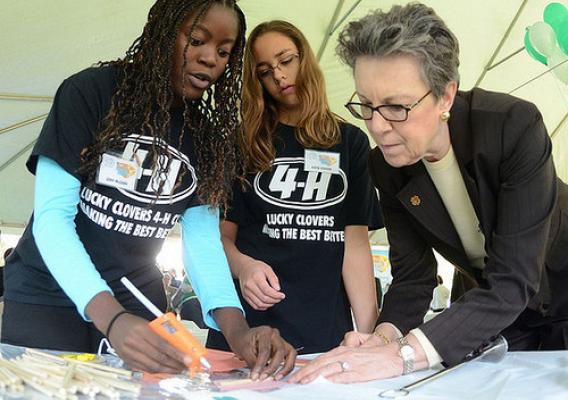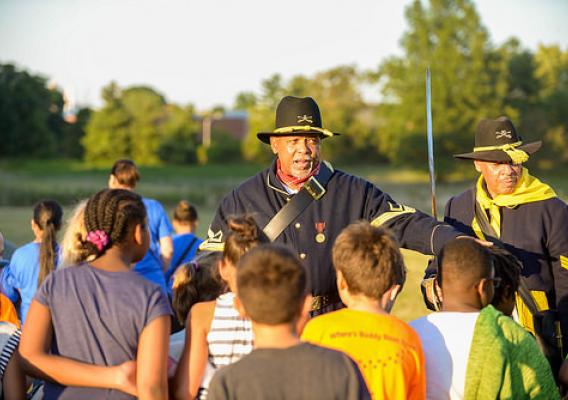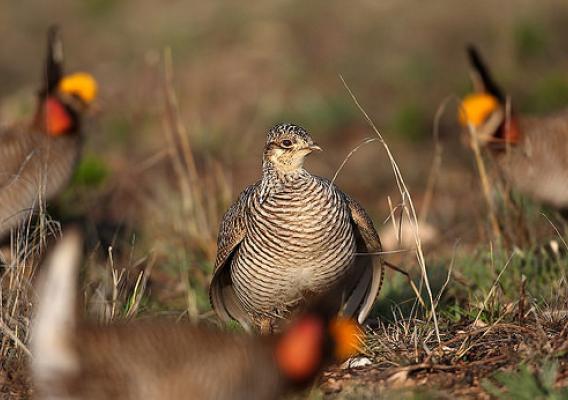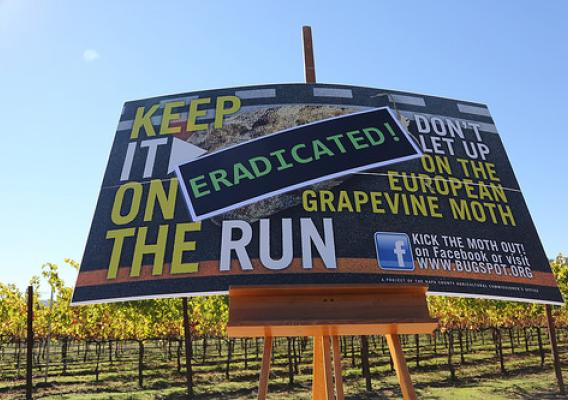The 567 federally-recognized Native American Tribes are unique in their own way—from their languages and family structure, to their clothing and food. Tribes are working hard to revive their roots to help reconnect their heritage to the land, rekindle their spiritual bonds and cultural traditions, and raise awareness amongst future generations; especially tribal youth in line to inherit the land.
USDA’s Natural Resources Conservation Service (NRCS) works with the tribes like the Choctaw Indians, comprised of nearly 10,000 members across the United States, to farm and harvest hickory king corn and other heirloom white varieties, and process them to make hominy. Hominy is made from dried corn kernels, but it is expensive to purchase. NRCS provides the tribe with technical assistance to help transform idle land into a hominy-making enterprise–enabling the tribe to provide their own locally-grown, fresh produce, and cut their expenses by growing the corn.


